Japan’s Kenichi Hayakawa became the latest men’s doubles star to retire from international badminton competition, according to a report this week from the Badminton World Federation (BWF). Hayakawa’s departure means that by the end of 2016 the international badminton may have lost half of the men’s doubles pairs that constituted the top ten going into the Rio Olympics.
Photos: Badmintonphoto
Kenichi Hayakawa (pictured) and partner Hiroyuki Endo are perhaps one of the best men’s doubles pairs never to have won a Superseries title. They were runners-up on no fewer than seven occasions, including three times at the prestigious All England and once at the Superseries Finals. Their biggest individual results came when they won the Grand Prix Gold titles at the 2011 Australian Open and the 2012 U.S. Open. However, their career highlight may well be their crucial second match wins that helped Japan to victory at the 2014 Thomas Cup.
Earlier this week, the BWF also confirmed the end of international competition for Korea’s Shin Baek Cheol and Kim Sa Rang. As reported here on Badzine in recent months, Kim announced his retirement from international competition to the Korean press immediately following the Rio Olympics, at the same time as compatriots Lee Yong Dae and Bae Yeon Ju.
Shin Baek Cheol (pictured) had left the national team back in June but there had been no indication until now that he would be submitting official retirement documentation to the BWF. Shin and Bae are both slated to compete later this month at Korea’s Fall Classic in Milyang. Shin will be seeded second in mixed doubles with Lee Hyo Jung, with whom he won gold at the 2010 Asian Games.
Late last month, Fu Haifeng told China News that the Superseries Finals in Dubai could be his own last international competition. He has not competed with Zhang Nan since Rio but the pair automatically qualify for Dubai as the reigning Olympic gold medallists. If he indeed calls it quits, it will be the end of the #1, #3, #4, #7, and #8 pairs at the time the Olympics kicked off this past summer (see list below). The #2 pair, Ahsan/Setiawan of Indonesia, has also disbanded but both players appear to be intent on continuing with new partners.
Of course, men’s doubles is not the only discipline to have taken a hit after the Olympics. The BWF confirmed in September having received from China word that four top women’s doubles players had signalled their intention to discontinue playing internationally, along with the three remaining Wangs in singles.
Around the same time as Bae Yeon Ju, Japan’s Sho Sasaki (pictured below) announced that he would no longer be on the international circuit. His departure was marked with a farewell ceremony on semi-finals day at the Japan Open Superseries. Like his compatriot Hayakawa, Sho’s best results were wins at the Australian and U.S. Opens, though he won both of his titles the same year, in 2011.
Retirement documentation, but documented retirement?
The BWF’s approach to announcing and documenting player retirements seems to be in a state of flux. In the past, the Federation made public a list of players who had submitted official retirement documentation but this was discontinued with the implementation of the world body’s new, multiple websites. This autumn, BWF news articles and Facebook postings have made reference to submission of ‘paperwork’ and ‘official retirements’ but without a list, the only source remains a combination of Facebook photo captions and website articles.
The world ranking lists are also beginning to reflect some retirements. The latest Superseries standings in particular, now completely hide the 2016 participation of Koreans Shin, Lee, and Kim, as well as China’s Tang/Yu and Tian/Zhao in women’s doubles. The only singles players to have disappeared from the Superseries rankings are Wangs Zhengming, Shixian, and Yihan, who are also the only ones whose retirements the BWF has confirmed.
When it comes to the latest overall world rankings, the three Wangs have disappeared but all of the doubles players are still there. This makes sense in the case of the men’s doubles players, since the residual ranking of still-active partners Yoo Yeon Seong, Ko Sung Hyun, Kim Ki Jung, Chae Yoo Jung, and Zhang Nan, to name a few, is still necessary for calculating notional ranking points so that when these players acquire new partners, they will not be put on the reserve lists at Superseries events or be forced to play in the qualifying rounds. However, the world rankings still show both Tang/Yu and Tian/Zhao, even though the BWF has announced that both players in each pair have retired.
![Post-Rio rash of retirements to cut top ten in half Japan’s Kenichi Hayakawa became the latest men’s doubles star to retire from international badminton competition, according to a report this week from the Badminton World Federation (BWF). Hayakawa’s departure means […]](http://www.badzine.net/wp-content/uploads/ngg_featured/20160920_1707_JapanOpen2016_CQ6Q9072.jpg)
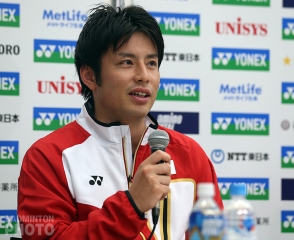
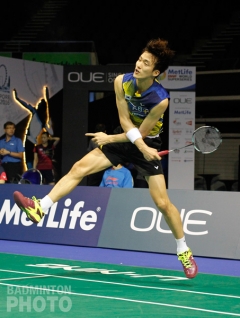
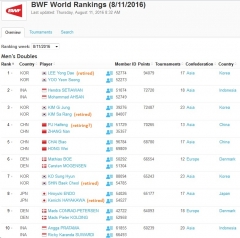


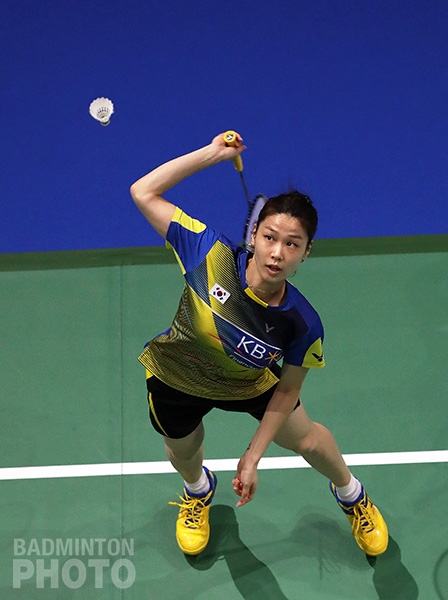
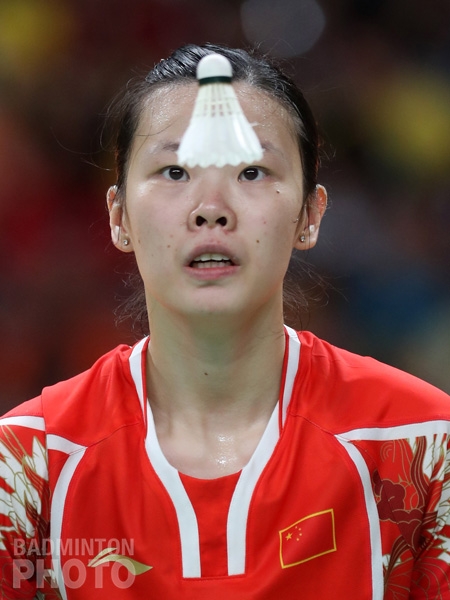
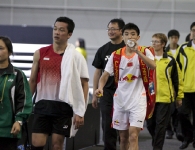
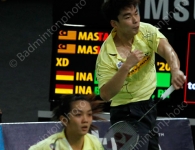


Leave a Reply